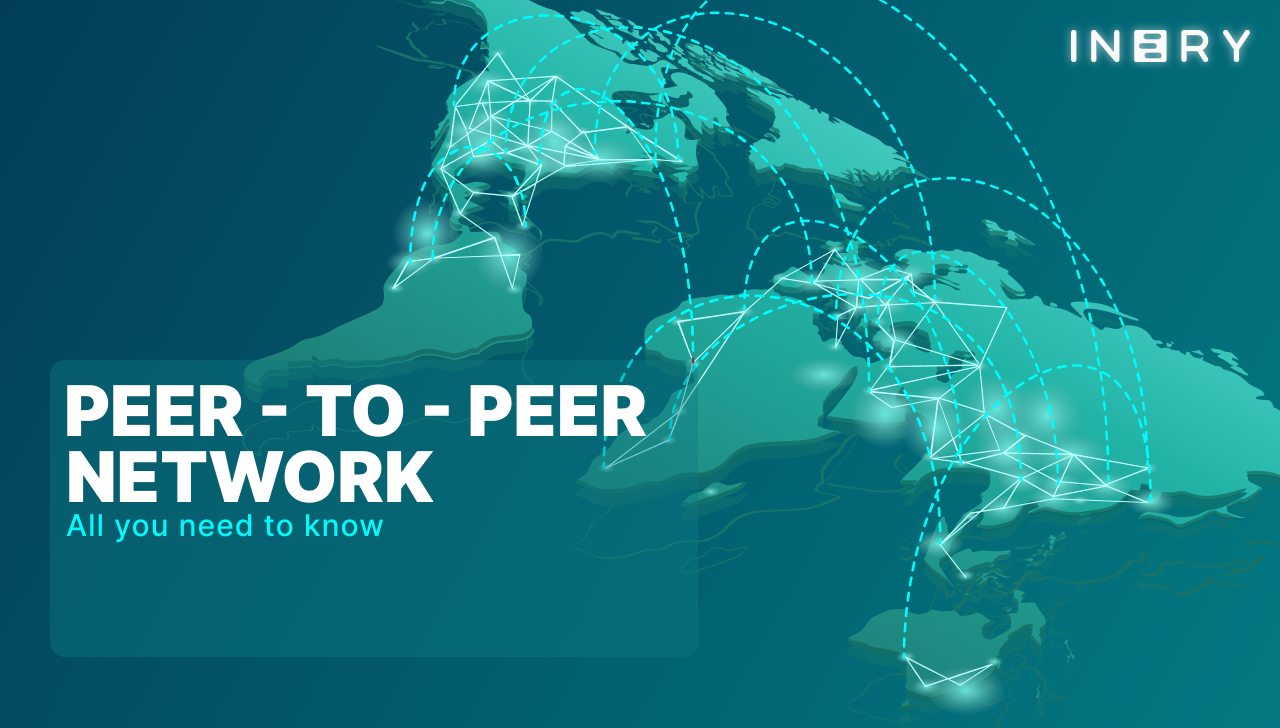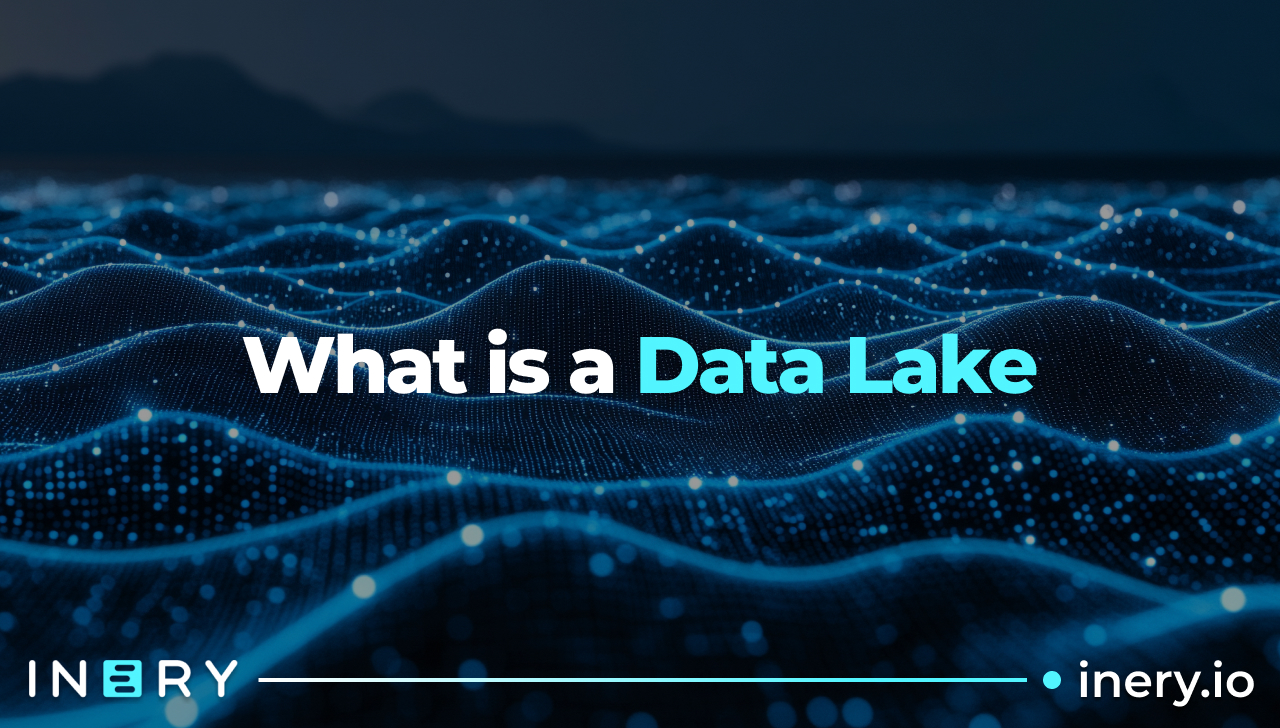Data lakes. They sound vast and mysterious, like deep pools of information waiting to be tapped. But what are they really? And why have they become so crucial to how we store and manage data today?
Every day, businesses generate a staggering amount of information. Customer transactions, social media posts, sensor data, financial records, IoT device logs… the list goes on. Traditional storage methods weren’t built to handle this level of variety and scale, which led to the rise of data lakes. Unlike structured databases, they allow organizations to store data in its raw, unfiltered form, without having to immediately decide how to organize or use it.
This flexibility makes data lakes a cornerstone of modern data management. But like any technology, they come with challenges. Poorly managed, they can turn into chaotic, unsearchable messes, making it nearly impossible to extract real value. Security risks, governance issues, and integration challenges have also emerged as persistent problems. And this is where Inery’s decentralized approach steps in, solving many of the core issues that have held data lakes back for years.
The Birth of Data Lakes: Why Were They Created?
The term "data lake" was first introduced by James Dixon, CTO of Pentaho, in 2011. It wasn’t about a new technology but a new way of thinking about data storage. Instead of forcing data into predefined structures, a data lake stores everything: structured, semi-structured, and unstructured data; all in one place.
The idea was simple: companies might not know how they’ll use their data right away, but that doesn’t mean they should discard it. Instead of transforming data before storage (like in a warehouse), data lakes allow businesses to store everything in its raw form and structure it later when needed. This is known as the schema-on-read approach. Opposite to the schema-on-write method of traditional databases and warehouses.
In the early 2010s, Apache Hadoop became the foundation for many of the first data lakes. But as data volumes exploded, storing massive amounts of information on on-premise servers became impractical. The shift to cloud computing allowed data lakes to become more scalable, cost-effective, and flexible, using cloud-based object storage like AWS S3, Google Cloud Storage, and IBM Cloud Object Storage.
Why Are Data Lakes Important?
To put it simply – data lakes solved a major problem. The scalability and flexibility problem in handling large-scale data. They allowed companies to collect all their data first and decide later how to process it. This made them incredibly valuable for organizations using machine learning, real-time analytics, and big data processing.
Instead of storing only structured data for predefined business needs, companies could store raw data from multiple sources: website logs, IoT device readings, user behavior data, even video and image files. This unlocked new possibilities for advanced analytics, AI, and predictive modeling. Companies can run complex queries on massive datasets without needing to format everything first. For industries like finance, healthcare, and e-commerce, this was a game-changer. Analysts could now detect fraud, predict market trends, and personalize customer experiences in ways that weren’t possible before.
The Challenges of Data Lakes: Where They Go Wrong
For all their benefits, data lakes come with some serious challenges. Without proper management and governance, they can turn into data swamps. Or, in other words, vast, unstructured pools of information that are difficult to navigate or extract real value from.
Security is another major issue. Storing massive amounts of raw data in one place creates a single point of failure, making data lakes a target for cyberattacks. If sensitive customer information, financial records, or proprietary business data is stored in an unsecured data lake, a breach could be catastrophic.
Another persistent problem is data integration. Businesses collect data from multiple sources, each using different formats and structures. Bringing all of this together into a single repository can be complex, time-consuming, and error-prone, often leading to duplicate, incomplete, or inconsistent data.
Introducing Inery: A Smarter Approach to Data Management
Data lakes were designed to break free from rigid, structured storage.. but without strong governance, security, and accessibility, they fall short of their potential. This is where Inery offers a better, more secure approach.
Instead of relying on a centralized data lake that creates single points of failure, Inery brings decentralization into the mix. Using DLT technology, Inery ensures that data remains secure, immutable, and accessible, without the risks associated with traditional data lakes.
Rather than dumping raw data into a centralized pool, Inery provides a structured yet flexible way to manage information. Every piece of data is encrypted and immutably recorded, preventing tampering, unauthorized access, and data loss. The result? A system that maintains the flexibility of a data lake while eliminating its biggest flaws.
The Future of Data Storage: A Decentralized Model
Data lakes were a response to the overwhelming volume of information businesses needed to store. But as they evolved, it became clear that storage alone wasn’t enough. Security, integrity, and accessibility had to evolve with it.
Inery isn’t just another data storage solution. It’s a fundamental shift in how data is managed, allowing businesses and enterprises to store and access vast amounts of information without sacrificing security, usability, or scalability. As companies continue to face the challenges of big data, decentralized solutions like Inery will define the next era of data management. One where information is truly secure, accessible, and built for the future.

Inery•
3 years ago
Driving The Creator Economy In Web 3.0
Enabling the creator economy in web3 with IneryDB ...READ MORE

Share

Inery•
3 years ago
Inery’s Peer-to-Peer Network
Inery’s blockchain network: All you need to know. ...READ MORE

Share

Inery•
3 years ago
Our Vision for the Internet: By the users, for the users
Leading the forefront of the web3 to give control over data back to the users by ensuring that the internet is open, accessible and collaborative. ...READ MORE

Share

Inery•
2 years ago
The Priceless You: Uncovering the Untold Value of Personal Data
Uncover the hidden value of your personal data in the digital realm, where tech giants thrive on your information. ...READ MORE
-1700735858.png)
Share
Most popular today



